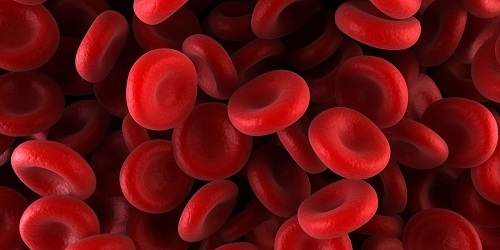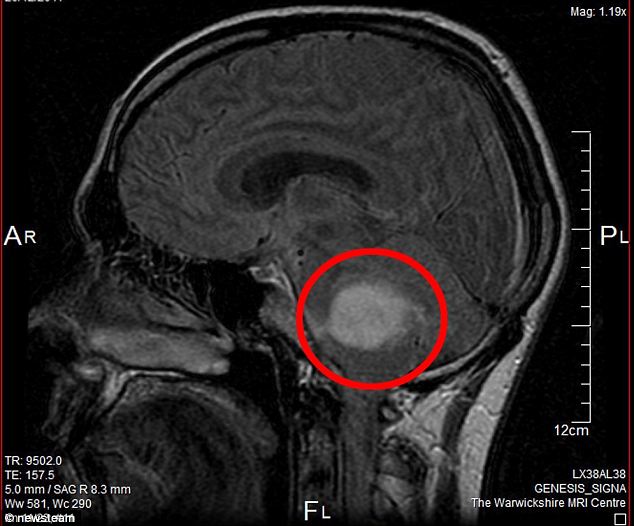eHEALTH Bureau Critical challenges remain in the centuries-old battles against infectious diseases, particularly as bacteria and viruses mutate and as the threat of bioterrorism grows. More than 9.5 million people worldwide die each year from infectious diseases. Of particular concern today are virulent forms of ‘super bugs’ that have mutated and grown resistant to available antibiotics. Responding to this need, America’s biopharmaceutical research companies have 395 new medicines and vaccines in the pipeline to fight infectious diseases. All 395 are in later stages of development, meaning in clinical trials or under Food and Drug Administration (FDA) review. Among medicines in development are those for resistant forms of tuberculosis and staph infections, according a new report, “Medicines in Development for Infectious Diseases 2010,” prepared by the Pharmaceutical Research and Manufacturers of America (PhRMA), the country’s leading pharmaceutical research and biotechnology companies.”Infectious diseases continue to cause great human suffering, and the effort to conquer them is one of the greatest human endeavors. Many once-deadly diseases have been nearly wiped out or are effectively controlled thanks to medical progress, but much more needs to be done,” said John J. Castellani, President and CEO, PhRMA. Some of the diseases targeted plague the developing world, while others threaten the lives of humans in every country, including the U.S. In Africa, for example, a child dies every 45 seconds of malaria. Six medicines and five vaccines for malaria are currently in development, according to the PhRMA report.Scientists are also working to prevent, treat or cure other devastating diseases that mostly strike people in the developing world, such as the Ebola virus, dengue fever, yellow fever, typhoid and cholera.Increasing attention is also being paid to “super bugs,” like Methicillin-resistant Staphylococcus aureus (MRSA), that have spread throughout the world. In the U.S., two million drug-resistant infections are reported each year, causing great suffering and costing the health system up to $34 billion a year, according to the Infectious Disease Society. Eighteen new medicines and vaccines to treat or prevent staph infections and sepsis are currently in development, according to the PhRMA report. Scientists also are developing treatments for infectious diseases as varied as herpes, rabies, meningitis and SARS.A total of 145 vaccines are in development to prevent a variety of infections, including a number of forms of influenza. Additionally, 88 antibiotics and 96 antivirals are in development. Treatments for HIV infection are not included in the most recent report, but a 2009 survey identified 97 medicines and vaccines in testing for HIV/AIDS.Of the 395 medicines and vaccines in the current report, 24 are on a “fast track,” a process designed to facilitate the development and expedite the review of drugs to treat serious diseases and fill a critical, unmet medical need. The status is assigned by the FDA. “Fast track” medicines in development include those for hepatitis C, severe sepsis and pneumonia.Scientists are also working to thwart the potential devastation of biological warfare agents. Ten separate treatments for anthrax and three for smallpox are in development. Although medical progress eradicated naturally occurring smallpox in humans worldwide by 1980, concerns remain that the virus could be used as a bioterrorism weapon.Development of a new medicine or vaccine, from the laboratory to clinical trials to FDA approval, takes 10-15 years on average and costs $1.3 billion.

Be a part of Elets Collaborative Initiatives. Join Us for Upcoming Events and explore business opportunities. Like us on Facebook , connect with us on LinkedIn and follow us on Twitter , Instagram.












